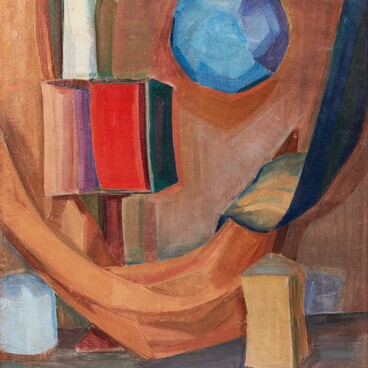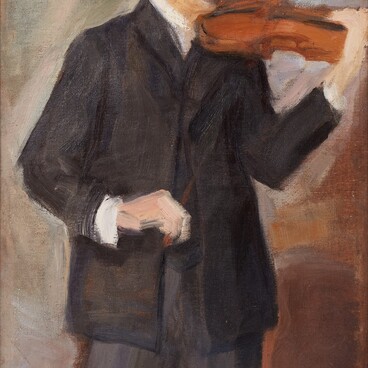The supernarrative “Zangezi” is one of the last works by the poet Velimir Khlebnikov (whose real name was Viktor Vladimirovich Khlebnikov). In the spring of 1922, the author submitted the manuscript to the printing office, then reviewed the proofreading notes, but did not live to see his book published: the poet died on June 28 of that year, and the book was published in July.
The new literature genre supernarrative was invented by Khlebnikov. The poet, who was a member of the Budetlyane group, wrote in the introduction to his book, “A supernarrative, or zaum, is composed of independent passages, each with its own special god, special faith, and special rules.”
Velimir Khlebnikov divided the work into “planes” — the sections of the supernarrative, developing themes that the author wanted to express in his works. The main character is Zangezi — a prophet and a teacher. He bears some resemblance to Zarathustra from the works of Friedrich Wilhelm Nietzsche, who “preaches the people or the forest” every day on a cliff in the mountains.
In the fourth plane of the supernarrative, Khlebnikov cited his “Tables of Destiny” — the numerical connections between phenomena of nature, events in the history of society and the facts from individual lives. For many years, the poet worked on the “laws of time”, believing that the events of the historical life of the people and the personal life of an individual follow the same laws.
It is worth mentioning that in the book Khlebnikov used several languages of his own design. As noted by literary scholars Yury Nikolayevich Tynyanov and Nikolay Leonidovich Stepanov, “In one of his drafts, Khlebnikov lists exactly what types of poetic language he used in ‘Zangezi’: 1. Language of the birds, 2. Language of the gods, 3. Language of the stars, 4. Zaum language, ‘the plane of thought’, 5. Word decomposition. 6. Soundscaping, 7. Beyonsense.”
The poet had other supernarratives
apart from “Zangezi”. Researchers also attribute to this genre his works
“Children of the Otter”, “Azy from Uza”, and “War in a Mousetrap”, which the
author divided into fragments of different meanings. Many of his contemporaries
saw “Zangezi” as the author’s final accord. The poet Sergey Mitrofanovich
Gorodetsky highlighted this work as “the poem of power, built on pure sound.”



